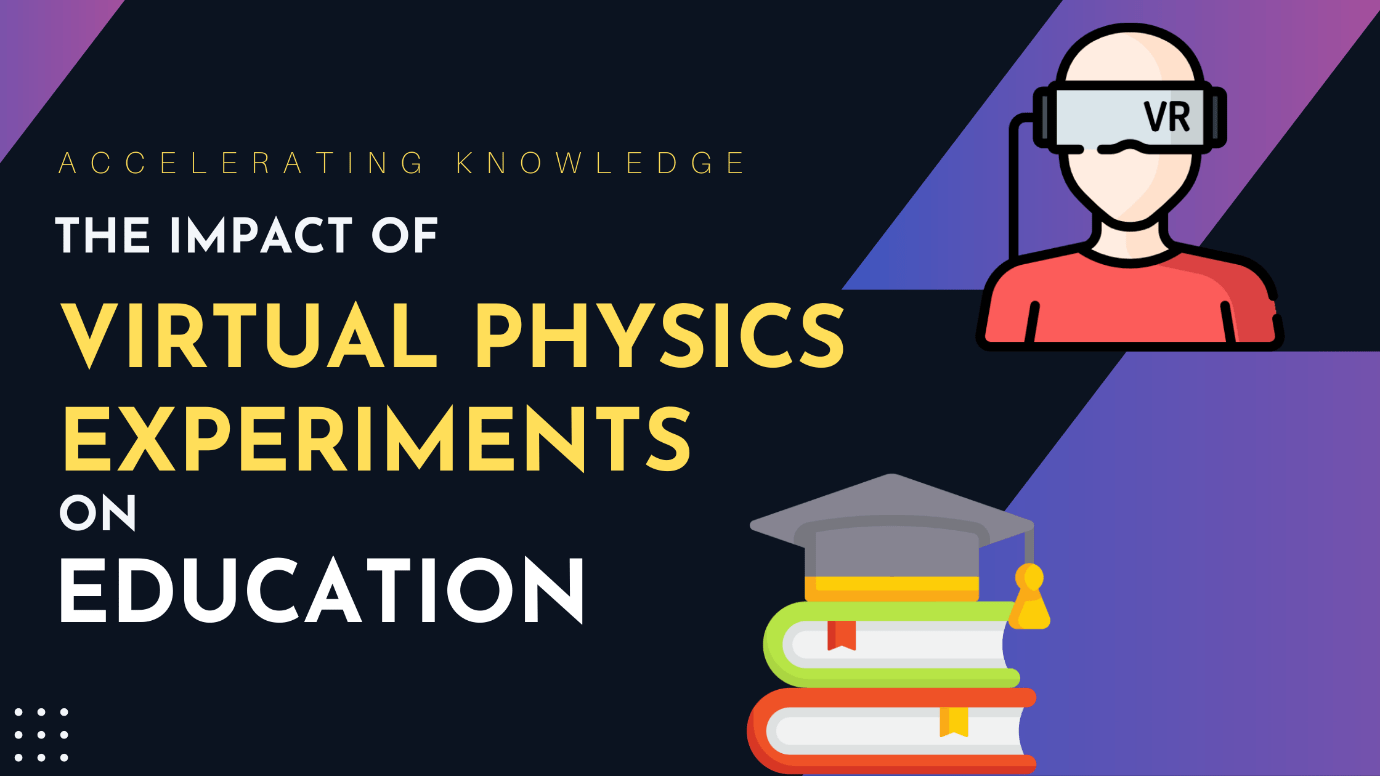In this fast-paced digital era, the integration of technology in education has revolutionized the way we learn and teach. Virtual physics experiments (Virtual labs) have emerged as a groundbreaking tool, bridging the gap between theoretical knowledge and practical application. By simulating real-world experiments and providing an interactive learning experience, virtual labs offer a dynamic platform for students and educators alike.
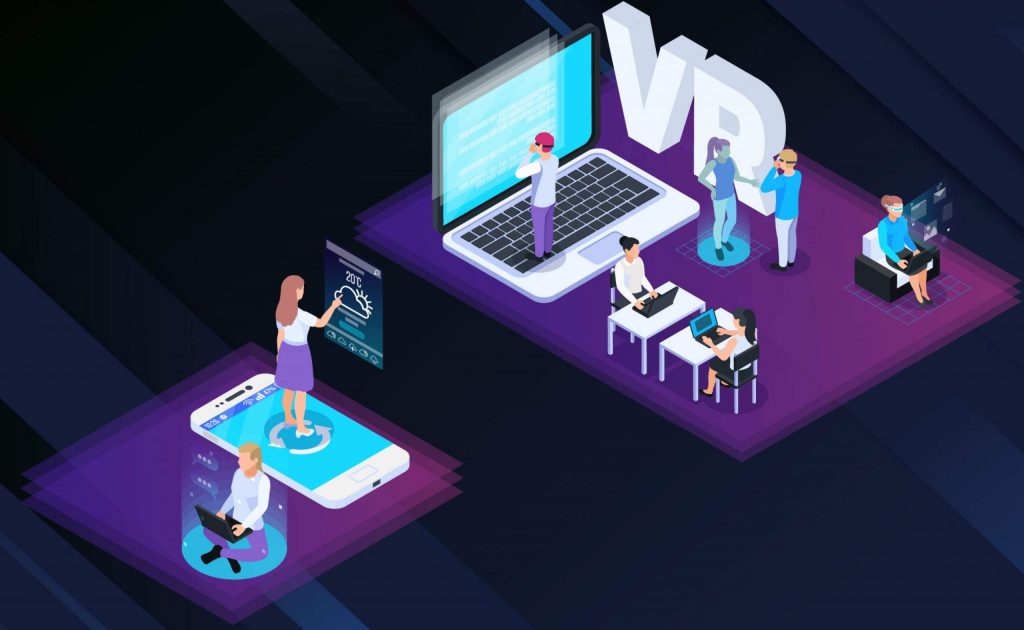
Gone are the days of traditional physics experiments that required expensive equipment, set-up time, and potential safety hazards. With virtual physics experiments, students can now conduct experiments anytime, anywhere, using just a computer or a mobile device. Virtual physics experiments have revolutionized the field of physics education, offering students an immersive and interactive learning experience. These digital simulations allow learners to explore and understand complex scientific concepts in a safe and controlled environment.
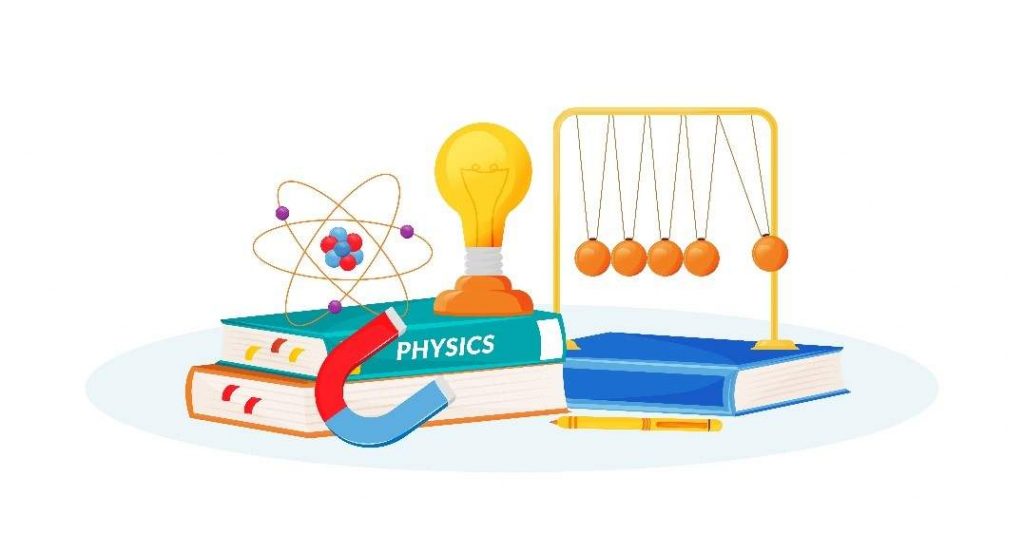
What are Virtual Physics Experiments?
Virtual physics experiments are a type of educational software that allows students to conduct physics experiments in a virtual environment. These experiments are typically interactive and allow students to manipulate variables and observe the results.
The Impact on Education
The impact of virtual physics experiments on education is significant. Students can visualize abstract concepts, manipulate variables, and observe real-time results. This hands-on approach fosters active learning and critical thinking skills as students actively engage with the material.
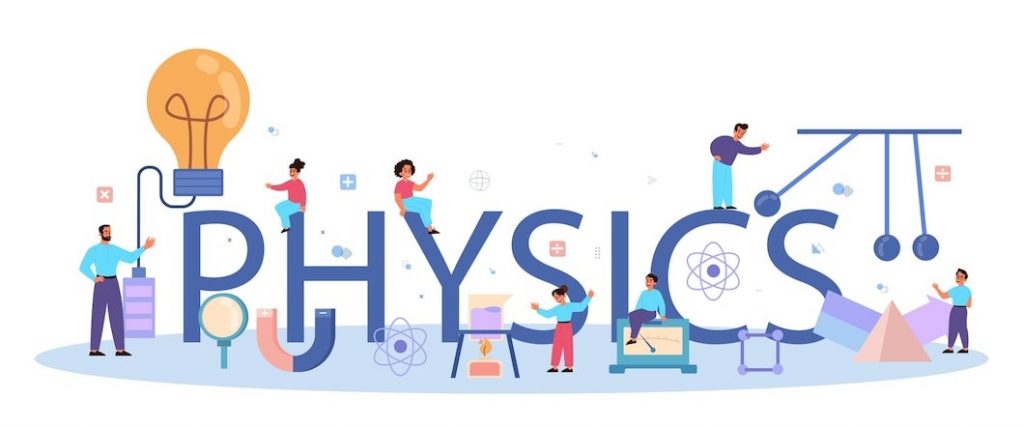
There is a growing body of research that suggests that virtual physics experiments can be an effective way to teach physics. A study by the Association of Physics Teachers found that students who used virtual physics experiments performed better on exams than students who did not use virtual physics experiments. Another study found that students who used virtual physics experiments were more likely to be interested in physics and to consider a career in physics.
Key Benefits
Here are some of the key benefits of using virtual physics experiments in education:

- Accessibility: Virtual physics experiments can be accessed from any computer with an internet connection, making them more accessible to students of all backgrounds.
- Engagement: Virtual physics experiments are often more engaging than traditional physics labs, as they allow students to interact with the virtual environment and see the results of their experiments in real-time.
- Flexibility: Virtual physics experiments can be used to supplement traditional lab instruction or to provide students with an opportunity to conduct experiments that would be difficult or impossible to do in a real lab.
- Cost-effectiveness: Virtual physics experiments are often more cost-effective than traditional physics labs, as they do not require expensive equipment or the maintenance of dedicated lab space.
Educators also benefit from virtual physics experiments as they can easily assess student progress through data analytics provided by these platforms. They can track individual performance, identify areas of improvement, and provide personalized feedback to enhance student learning outcomes.
The Most Effective Virtual Physics Experiment Simulations
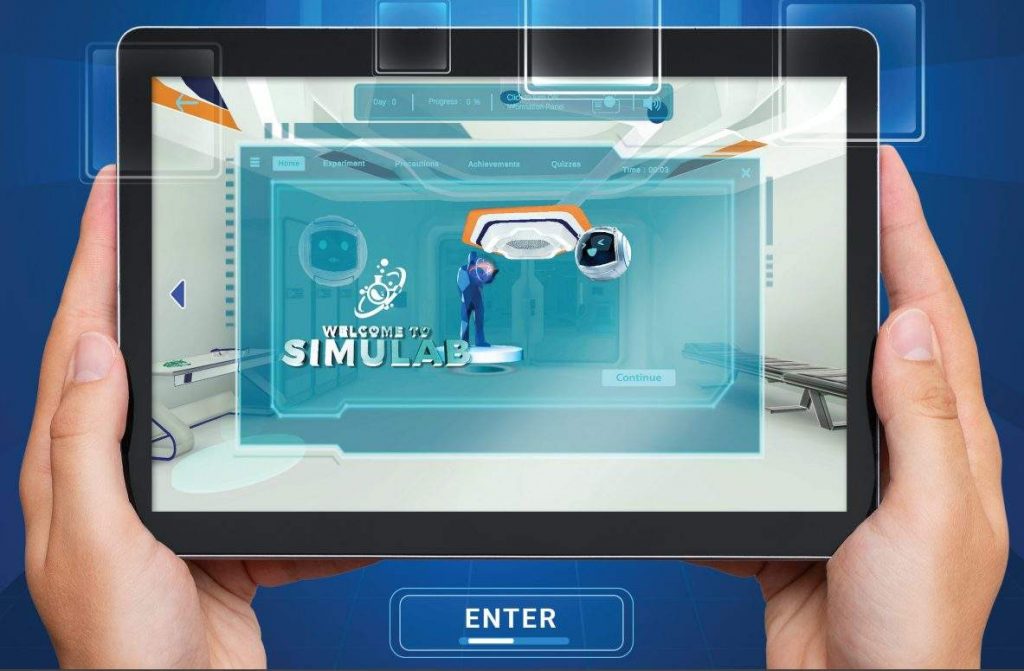
SimuLab is a 3D virtual science lab that empowers science students to learn and practice science experiments from anywhere, anytime. It has the most advanced physics simulations available in the market. SimuLab is the perfect tool for anyone who wants to learn more about physics or simulate realistic experiments.
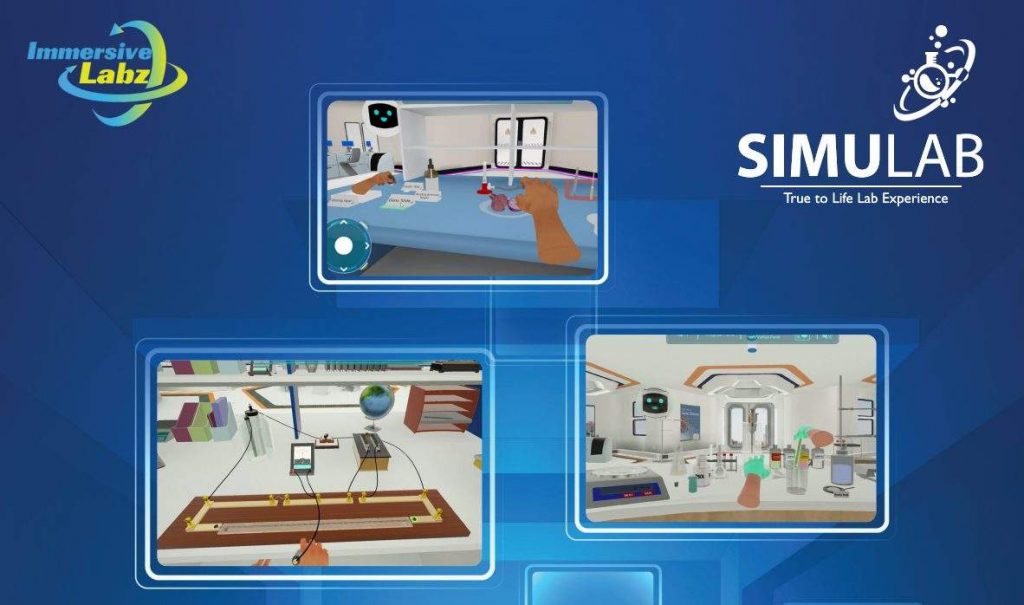
All the Physics experiments are simulated in the same manner as you do in a real lab. This includes experiments in the domains – Current Electricity, Waves and Oscillations, Modern Physics, Mechanics, Thermodynamics, etc.
If you are serious about your Physics career and want to build a solid foundation for a lucrative career, then SimuLab is the right solution for you. Get SimuLab today!
Final Words
In summary, virtual physics experiments have accelerated knowledge acquisition in education by providing an engaging alternative to traditional laboratory experiences. By leveraging technology to simulate real-world scenarios, students gain a deeper understanding of physics concepts while fostering curiosity and scientific inquiry.
Writer – Girish Hedau
Scientific Content Writer – Physics

